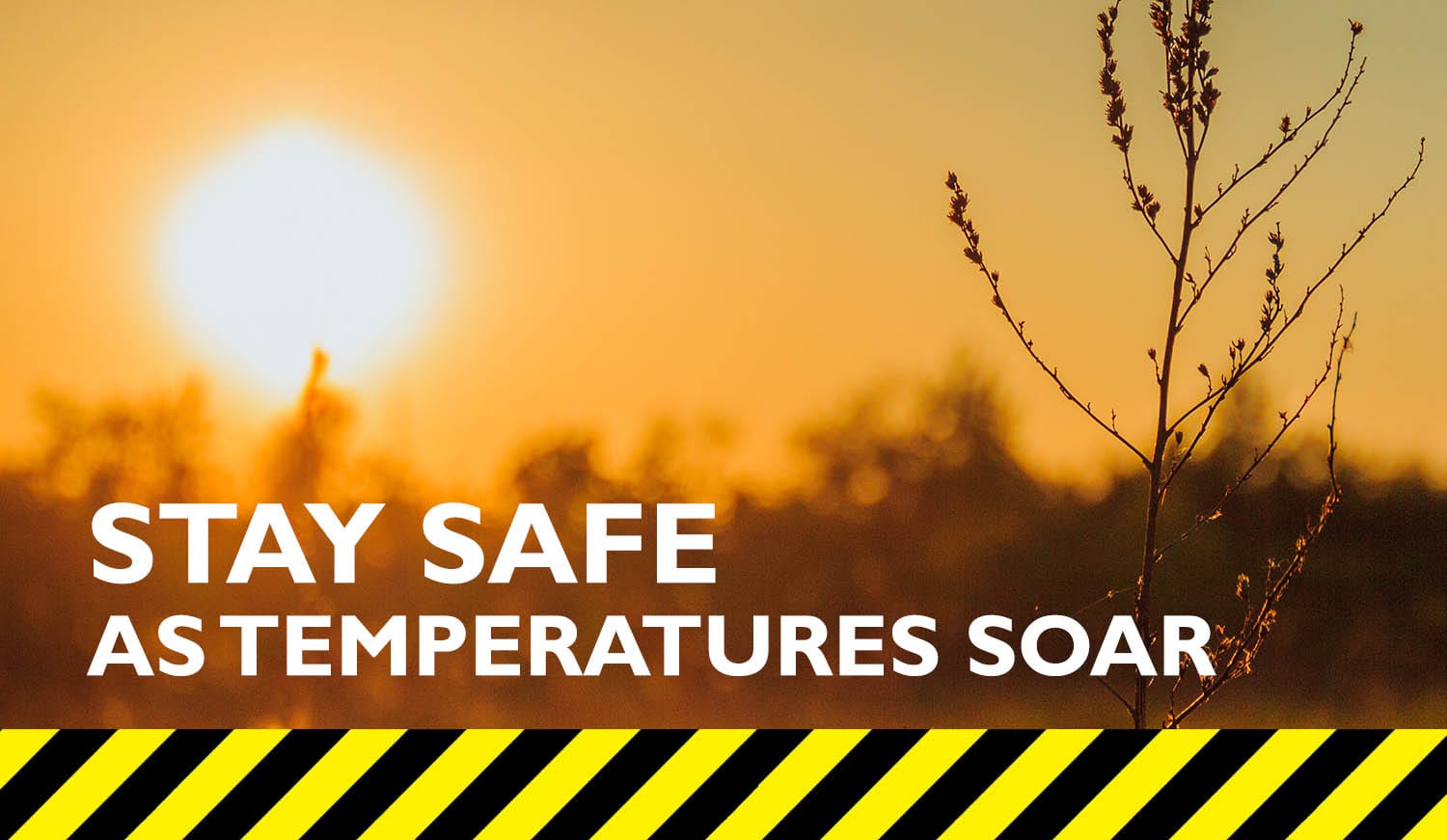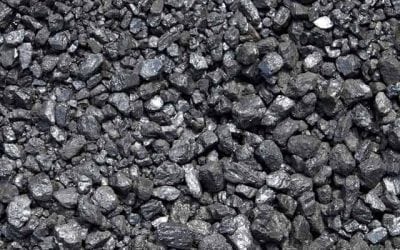
With summer fast approaching, it’s time to think about staying safe when you’re working in high temperatures. During hot temperatures, people become susceptible to a range of heat related medical issues, including dehydration, heat rash, heat cramps, fainting, heat exhaustion and even life-threatening heat stroke.
Heat illness occurs when the body cannot sufficiently cool itself. Factors that contribute to this include:
- temperature
- humidity
- amount of air movement
- radiant temperature of surroundings
- clothing
- physical activity (metabolic heat load)
We created a simple, useful first aid guide to heat related illnesses for you to download and keep.
Work-related fatigue: a guide for employers from WorkSafe Victoria
WorkSafe Victoria has produced a guide on how to prevent workplace injuries to employees. According to the guide, "Fatigue is an acute and/or ongoing state of exhaustion that leads to physical, mental or emotional exhaustion and prevents people from functioning safely...
5 tips for working successfully with subcontractors
Organisations are increasingly including subcontractors in their internal training, so everyone is aligned under a single Health & Safety framework. Not only is this beneficial for alignment of safety behaviours, but from a WHS compliance perspective, you have a...
Undertaking a COVID-19 Risk Assessment for your workplace
Have you undertaken a current risk assessment to identify the risks associated with exposure to COVID-19 in your workplace? Safe Work Australia has published a downloadable checklist you can follow with the key considerations for identifying risks and control...




